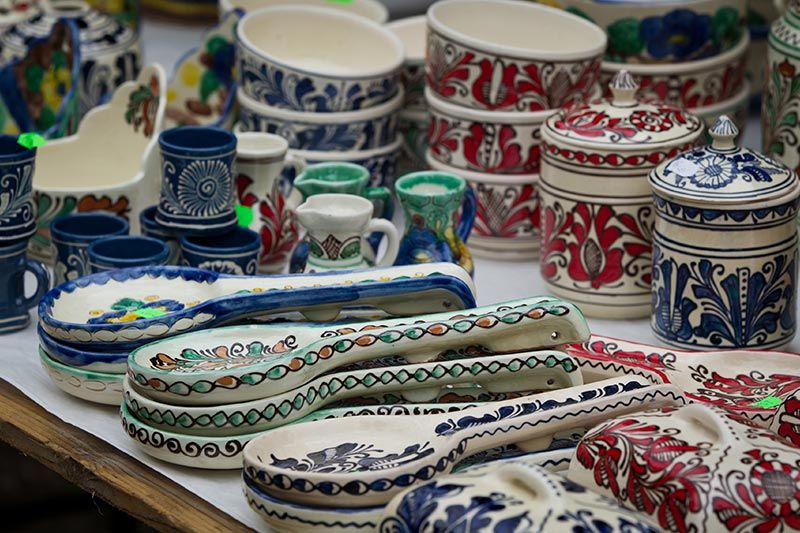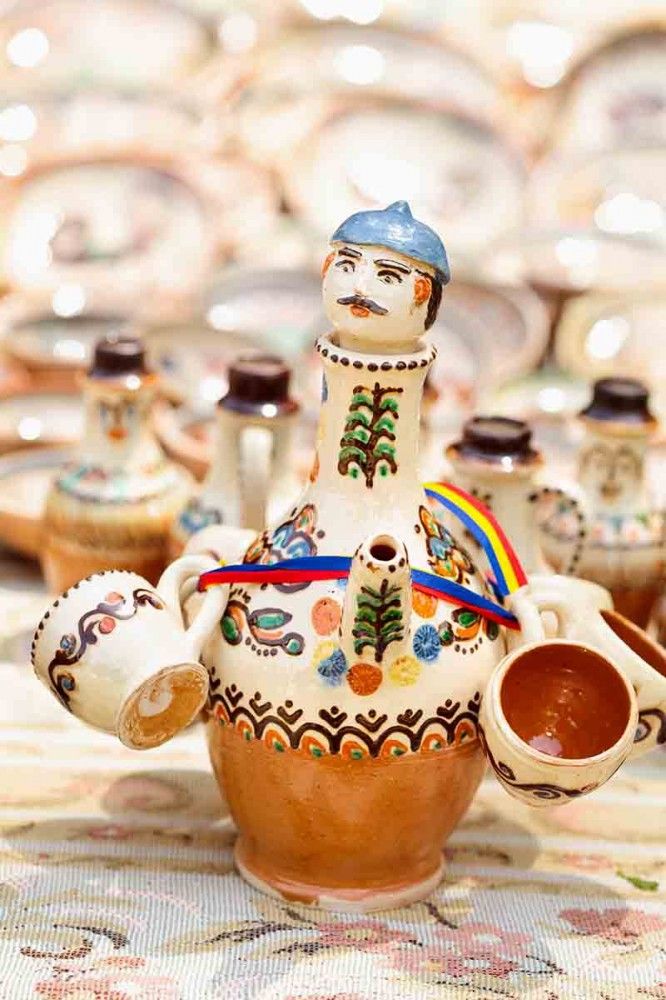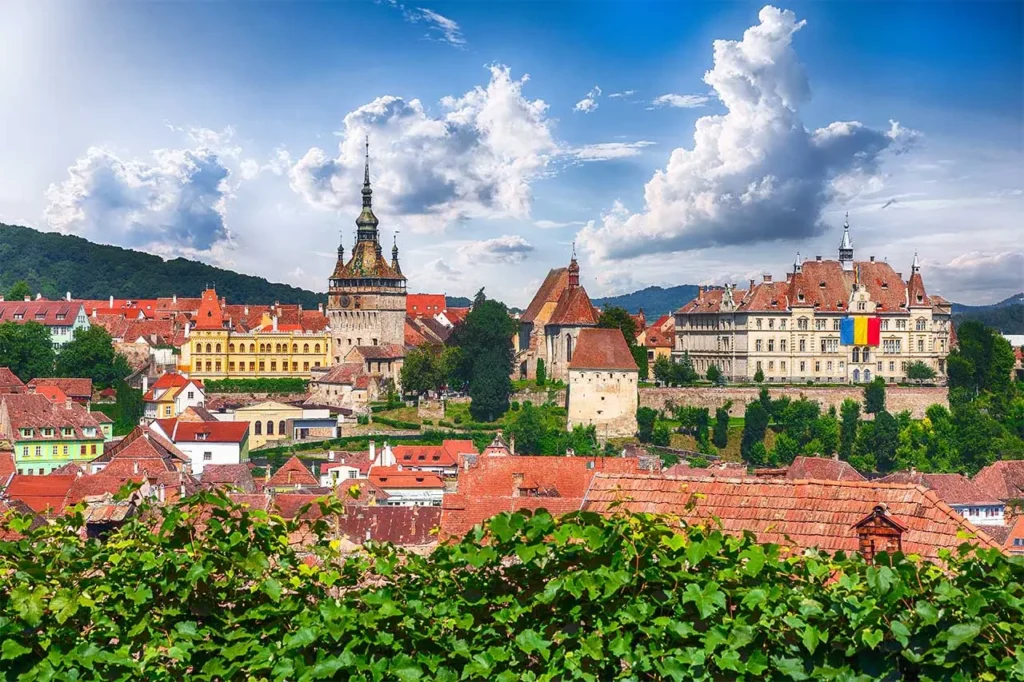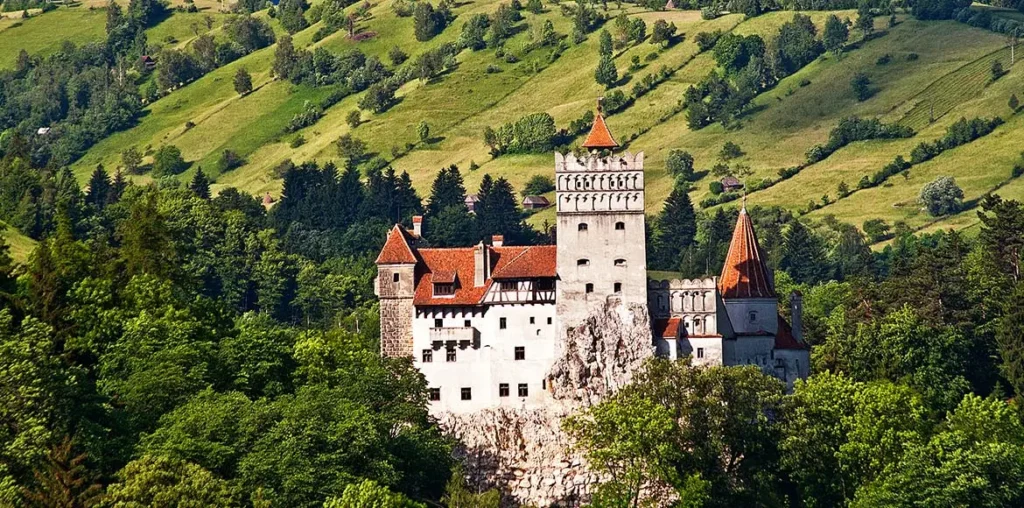Chapters
The town of Horezu, situated in the southwest part of the country, in Valcea County, is considered one of the most representative places of Romania in terms of traditional crafts and folklore. Despite its cultural richness and diversity, the Romanian pottery is the craft most valued and it was sacredly passed on from one generation to another. Since 2005 Horezu pottery is on UNESCO list as, even today, the craftsmen are using exactly the same techniques and raw materials as hundreds of years ago. Once you get here, you will discover not only a community strongly attached to this art but also, a community eager to share its knowledge and secrets.

Both men and women have important roles in making pottery and the uniqueness of Horezu Romanian pottery derives from the rigor they follow the traditional process. The clay is extracted for hundreds of years only from Ulmet hill near Horezu. The clay from here is considered special, with unique properties. For preparing the colors needed for decoration, the potters bring kaolin especially from Harghita, 300 kilometers far. The colors are mainly prepared from local ingredients using old recipes. For example, brown and red are obtained from a specific type of soil, rich in iron oxide locally known as ruseala, brought from Vaideeni, a nearby village.
The symbols of the Romanian pottery from Horezu
The men are those who prepare the clay for modeling, which is a very tiring job as the clay must be very well mixed with water and thoroughly purified. But truly special at Horezu pottery are the symbols and the traditional tools used for decoration. After shaping the clay, the vessels are left several days to partially dry. Then the colors and symbols are added. A hollowed cow horn, which acts as a funnel, is filled with color. The horn has at its end a goose feather which releases the color in small amounts so the potter can draw fine lines. Wild boar bristle brushes and wire-tipped sticks are also used for adding further details.

The most famous decorative figure is the Horezu rooster, a symbol of soul resurrection and immortality, of light and power over the forces of darkness. And each year, in the first week of June, this beloved figure is proudly celebrated in a festival suggestively named the Horezu Rooster. There are other traditional symbols. The Tree of Life symbolizes the eternal youth and abundance. The Bird represents the souls’ guide after death. The Lost Path makes reference to the trip a soul makes until reaches the other realm. The Flower symbolizes joy and happiness. But the diversity of the symbols is far much greater especially because pottery vessels played an important role both in wedding and funeral ceremonies. That’s why on Horezu pottery you will also see many old Christian symbols like the cross, the snake, the vine, the spring, and the star.
In Romania, the potter is considered the symbol of God as he recreates, with each vessel, the primordial act of creation, giving life to clay. So, if you would also like to unleash your divine creative power, come to Horezu and let yourself guided in this art by some of the most gifted potters in the world and discover the beauty of Romanian pottery.




